Solo Exhibitions
Rosenfeld Gallery, Tel Aviv
2021
![]()
Curated by Maya Frenkel Tene
“In his essay “Why Look At Animals?” the art historian John Berger outlines
the evolution of the relationship between men and animals from the dawn of
history to today. Berger argues that the modern zoo is a testimony to the
gradual disappearance of animals from the daily lives of humans. The zoo is
made to allow people to gaze at animals, yet, it cannot but disappoint. In
the artificial setting offered by a zoo, a visitor can never fully capture
the animal’s attention as its gaze, at best, will flutter momentarily and
move on. Berger looks at the domestication of animals as part of a wider
universal process characterizing the evolution of consumer society, whereby
an individual gradually recluses into the familial cell, adorning himself
with “souvenirs” from the outside world.
In the exhibition “Safari,” Shai Dror examines the way in which humans
construct slices of nature in their domestic space, bringing in pets or
planter pots. The scaled down and domesticated version of nature suggests a
longing to the “real,” wild nature, yet one that we only wish to imagine, not
live in.
In his photographs and video installations, Dror carries a dialogue with
his immediate surrounding. He is interested in the aesthetics of urban
nature and its visual and material elements. In one of the photographs, a
florescent lightbulb flickers from within a lush vegetation. The artificial
light exposes the forest as a public garden locale. Another photograph
memorializes a large sweet potato wrapped in soil and roots, against the
backdrop of half open shutters in the luminous space of an apartment.
In the video installation “Greenwash” a purebred Russian Terrier is being
washed and pampered. Its “animalistic” characters - like its large size and
black tousled coat - are portrayed in contrast to its dependence on its
caretaker and his actions. The title of this piece “Greenwash,” suggests the
large corporations attempt to employ a facade of green rhetorics in order to
generate a public image of an environmentally safe industry, all the while
operating in a non-sustainable way.
The sculptures in the exhibition space are made of found shutters collected
from backyards of buildings about to be demolished. The plastic shutters,
so well identified with the local urban landscape, are gradually vanishing,
they too are becoming a form of an extinct species. Using found constructionwaste as materials in the works, transforms the artistic practice into an act
of recycle. The plastic shutters allow us to gaze outside from within the
domestic space and remain unseen, similarly to gazing at wild animals from
within a protected safari vehicle.”
Maya Frenkel Tene
Installation view
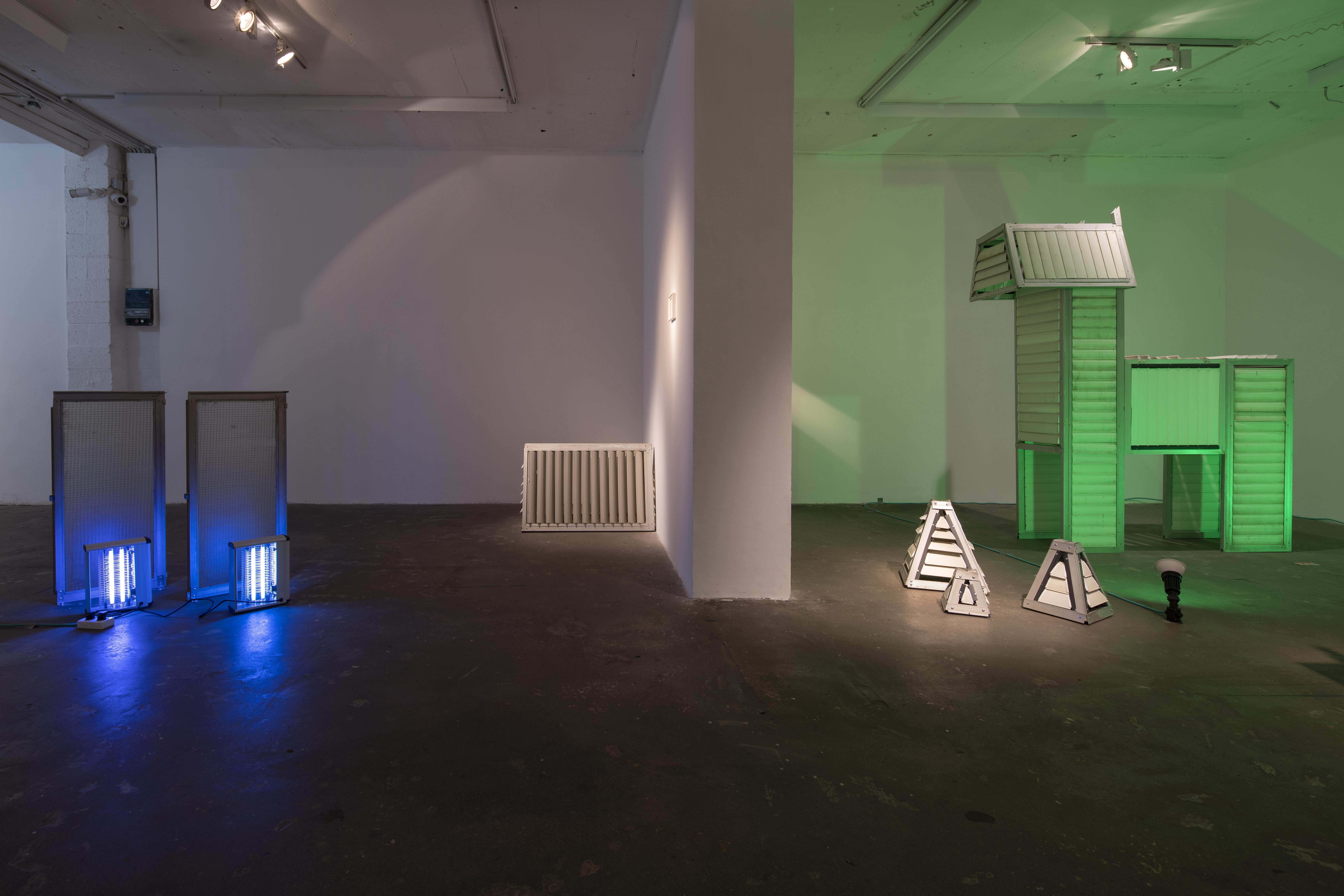
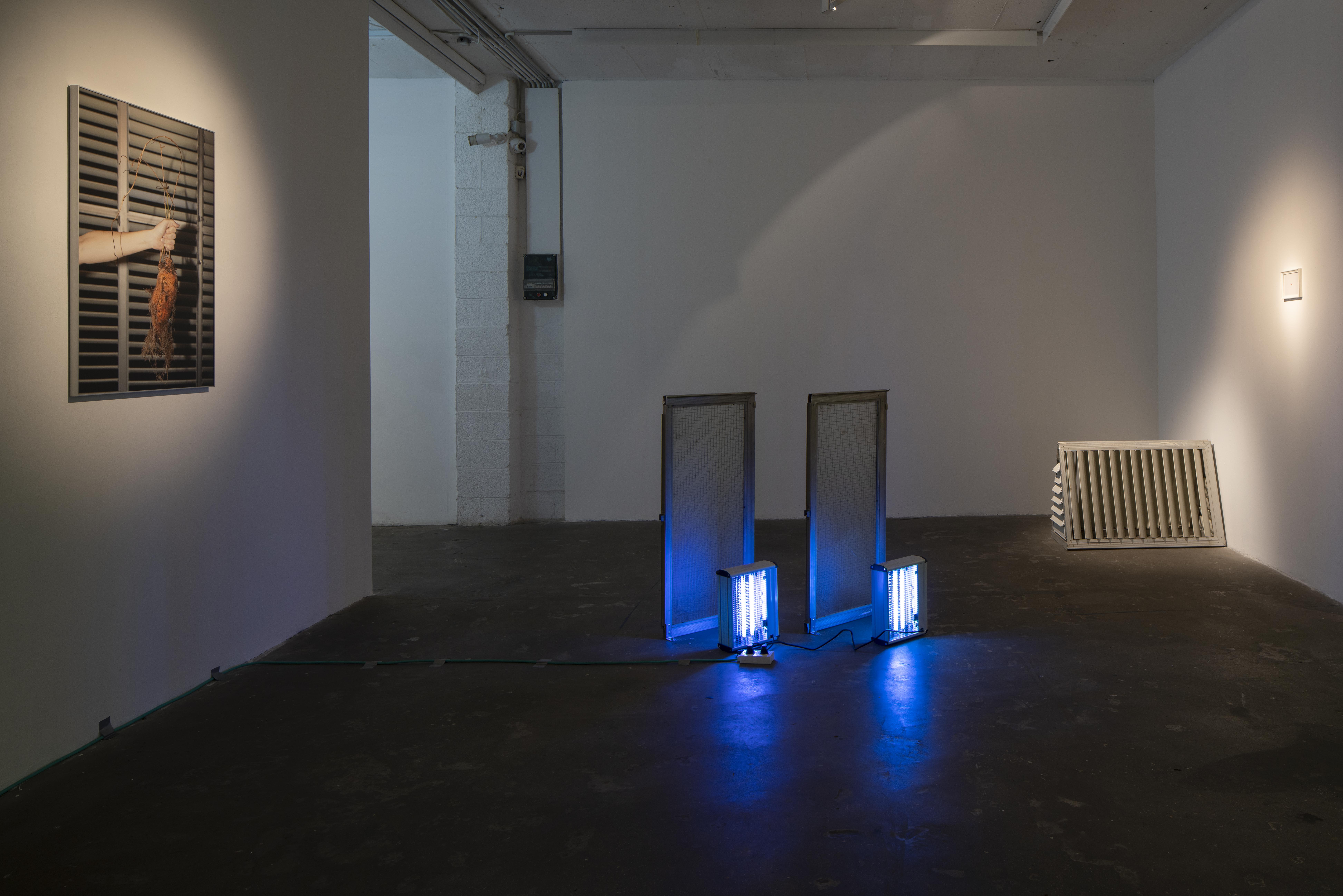


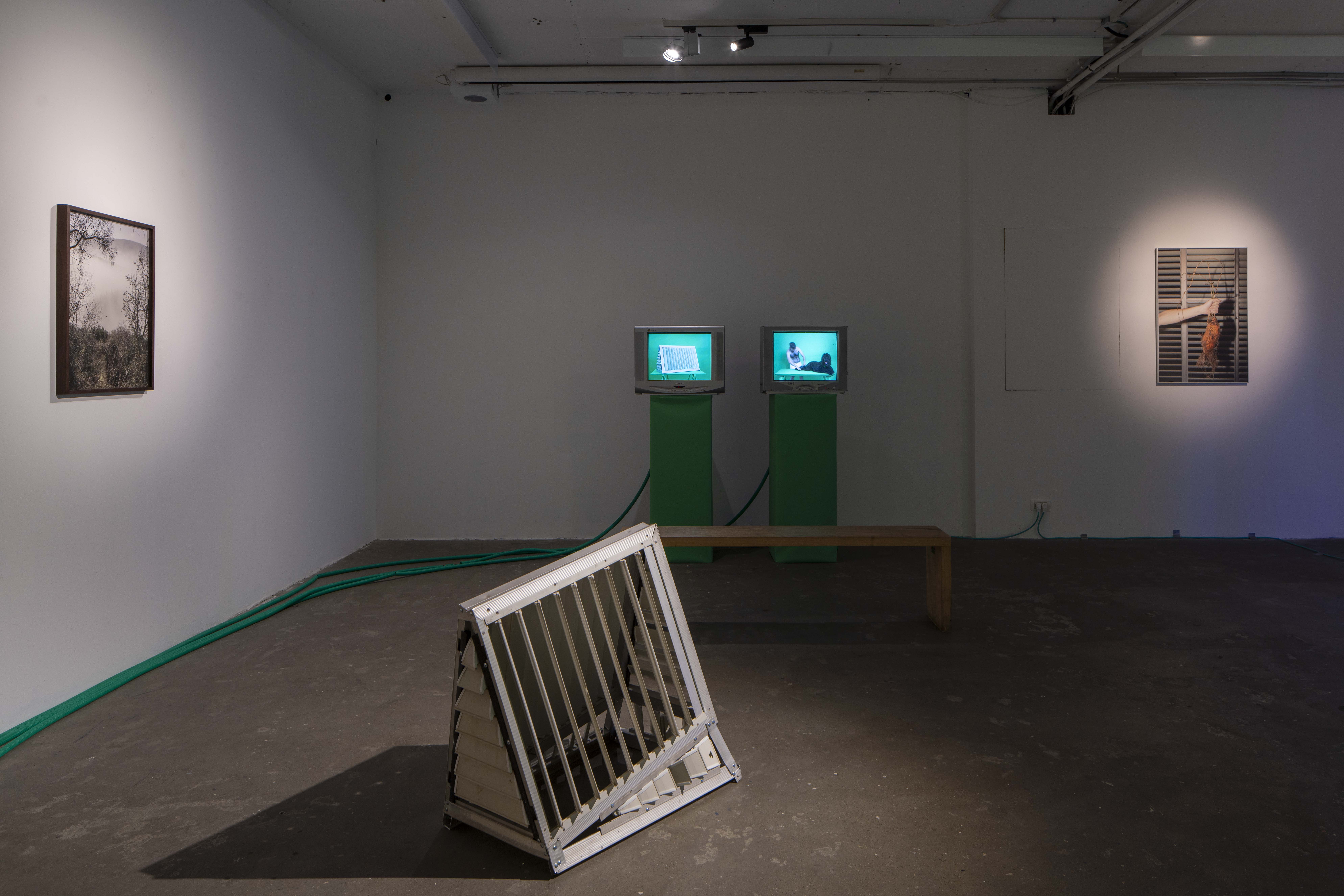
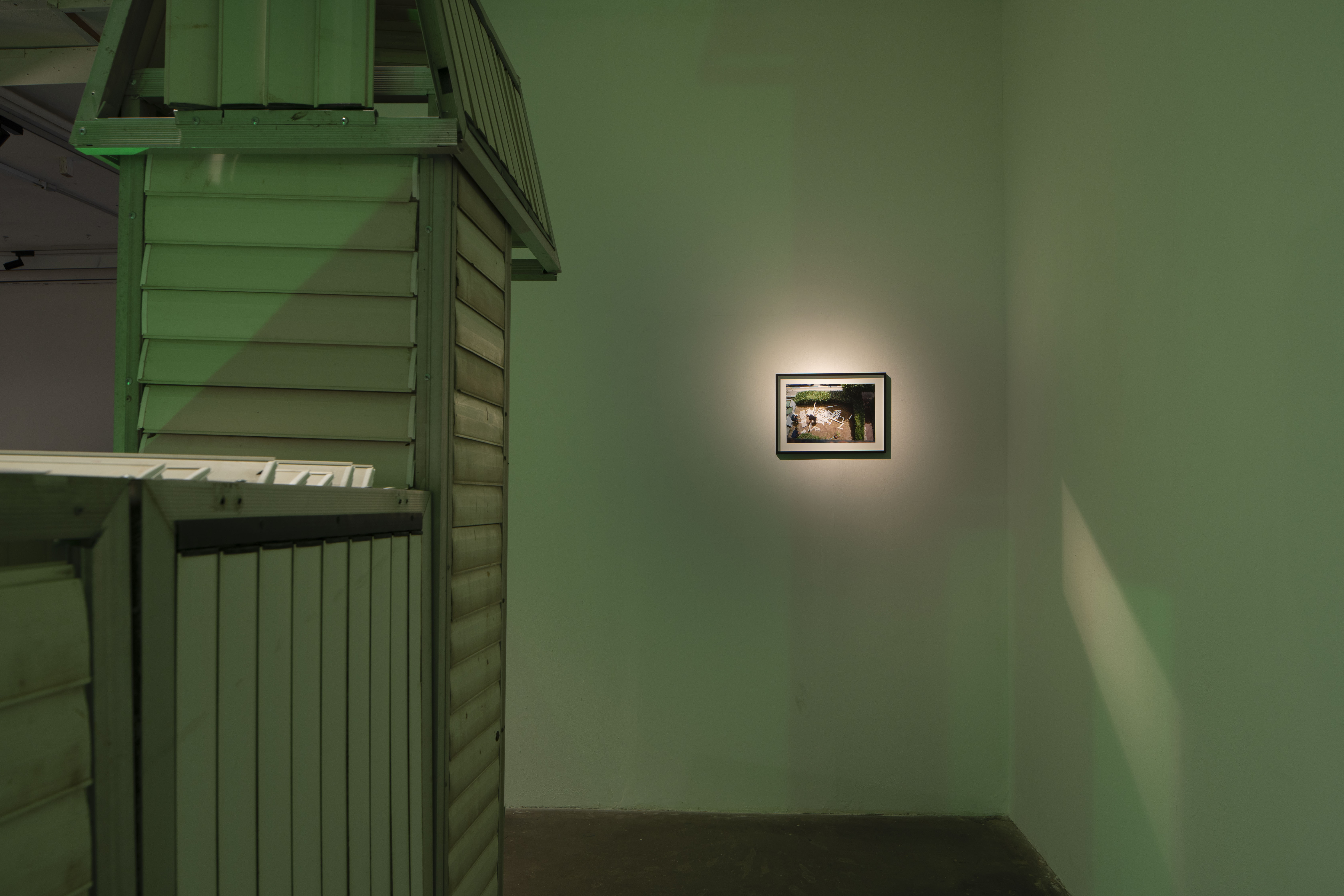
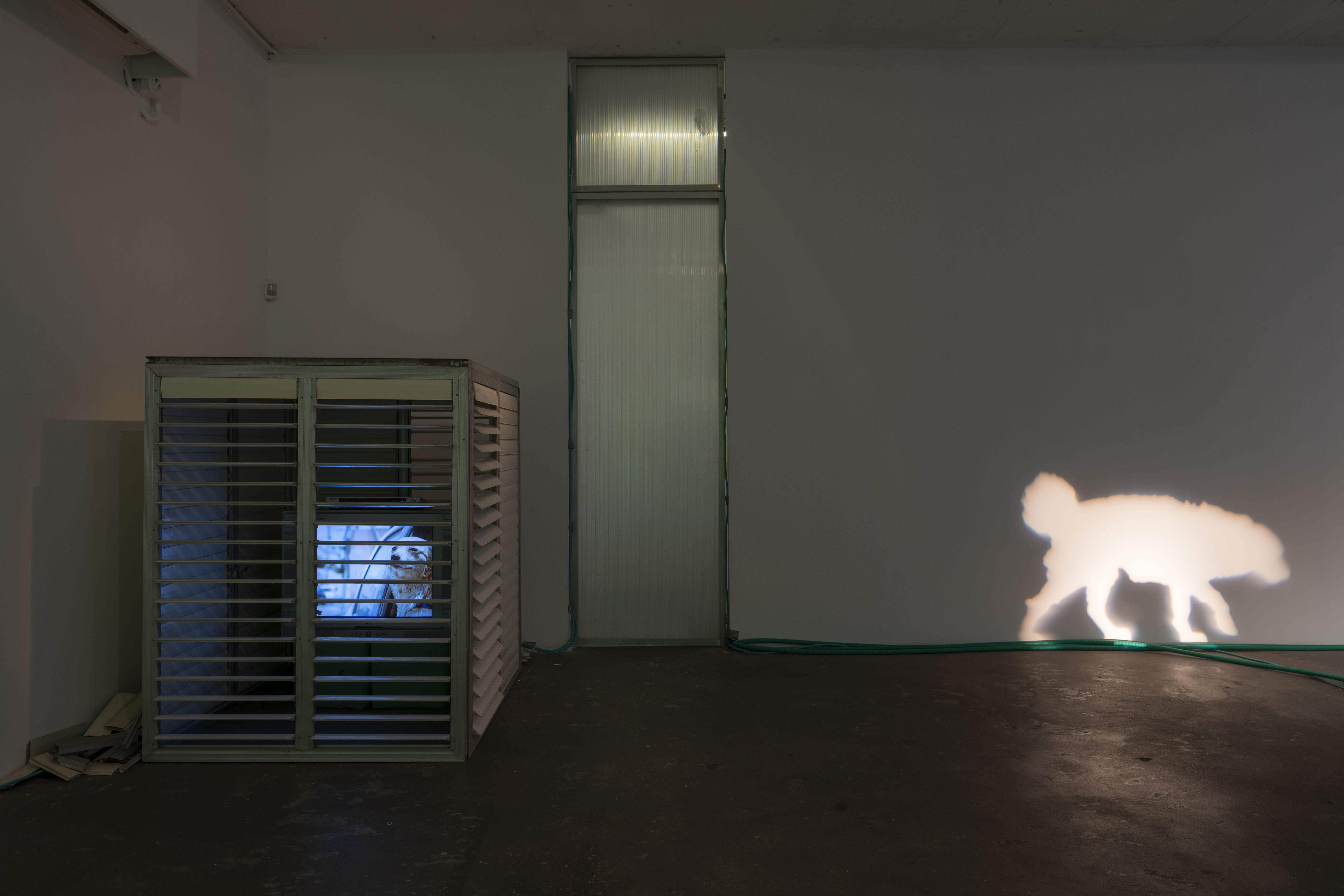

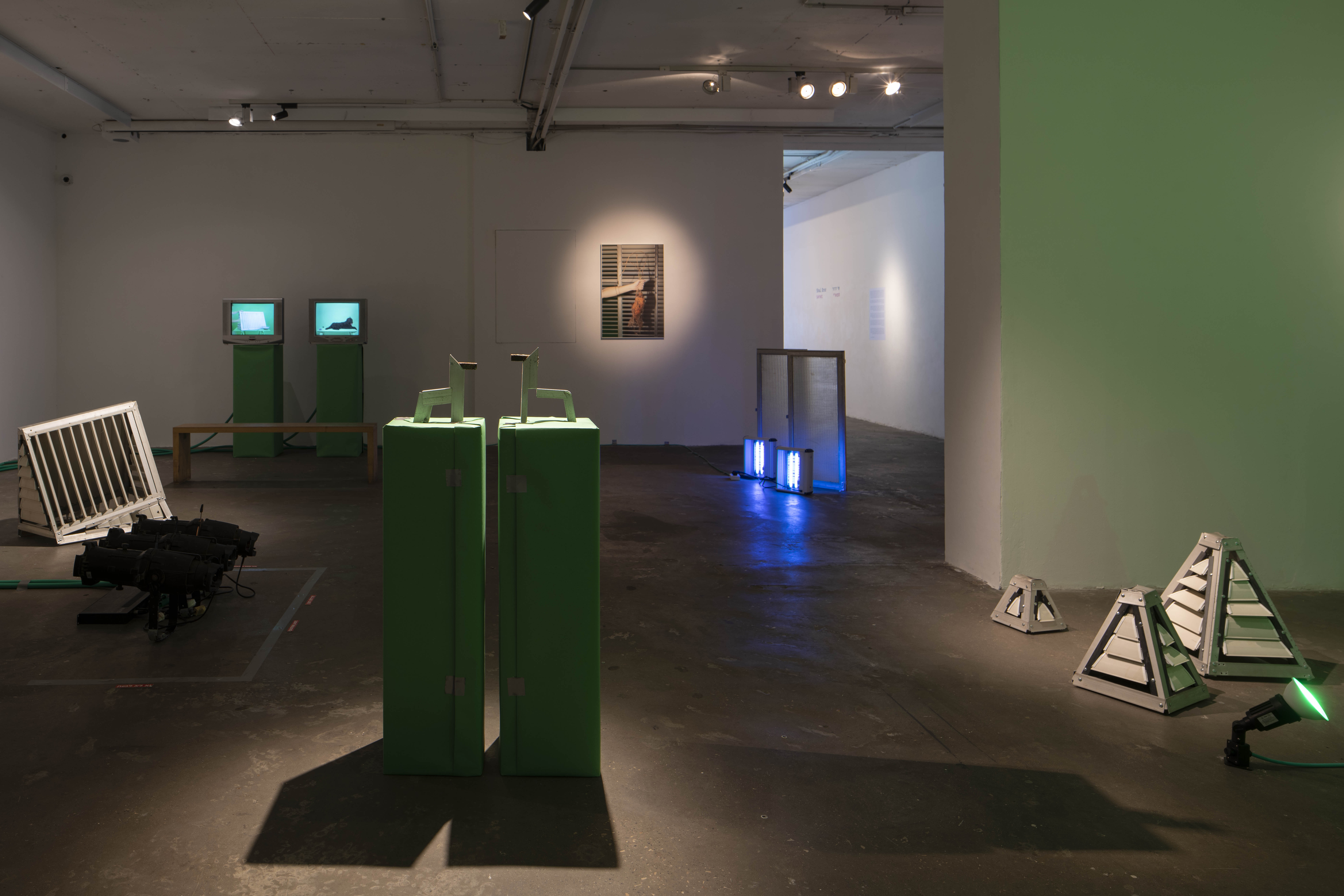

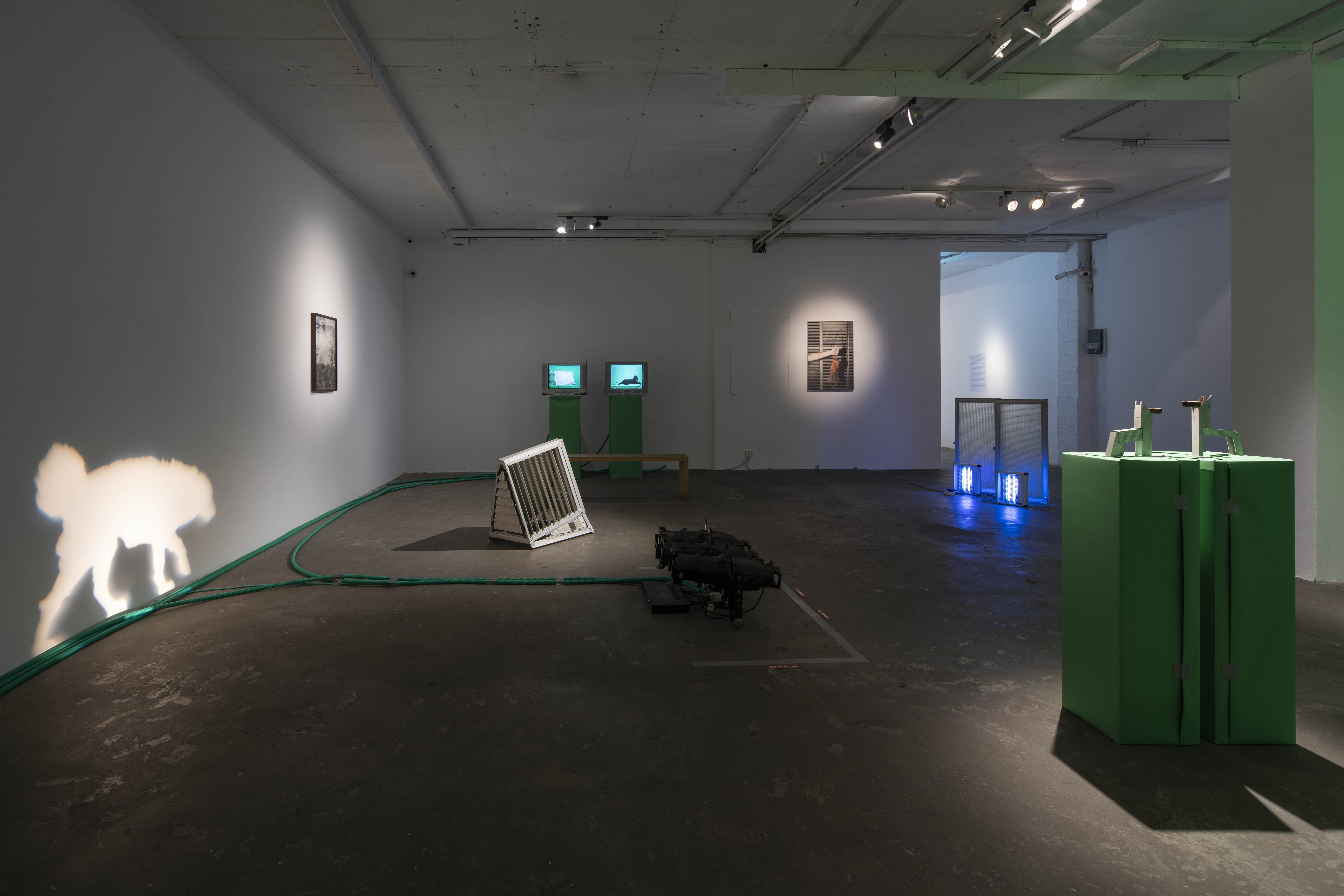





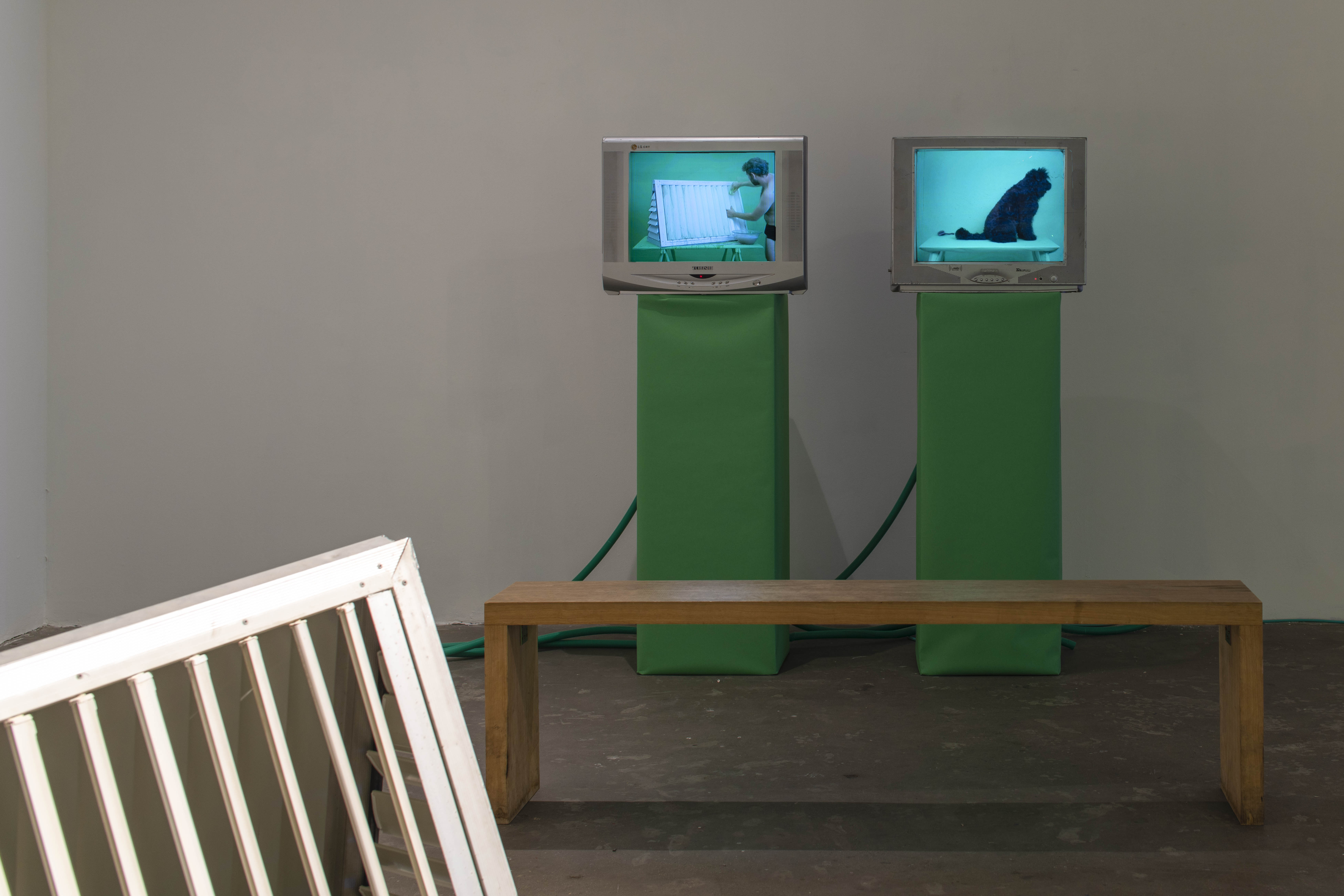

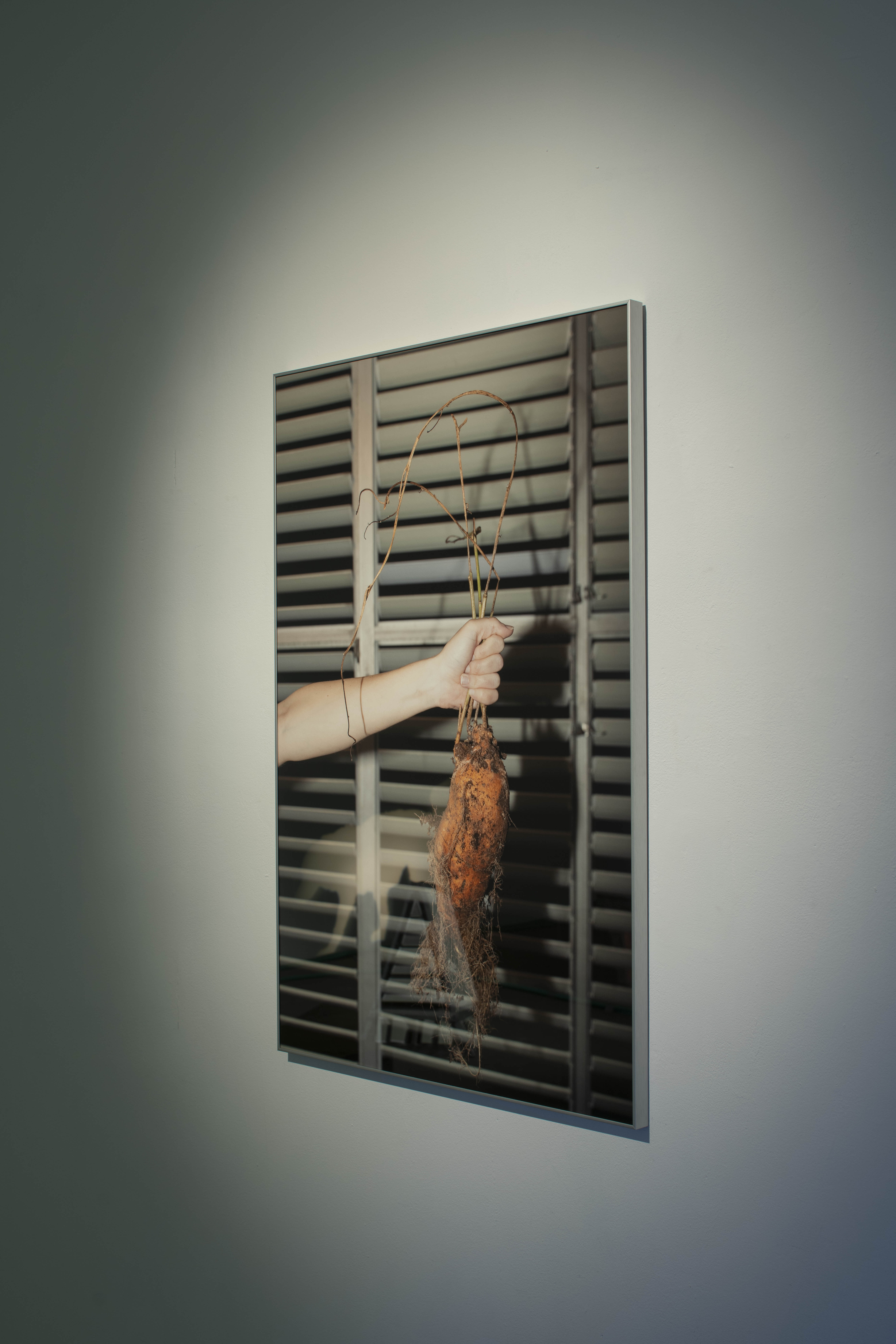
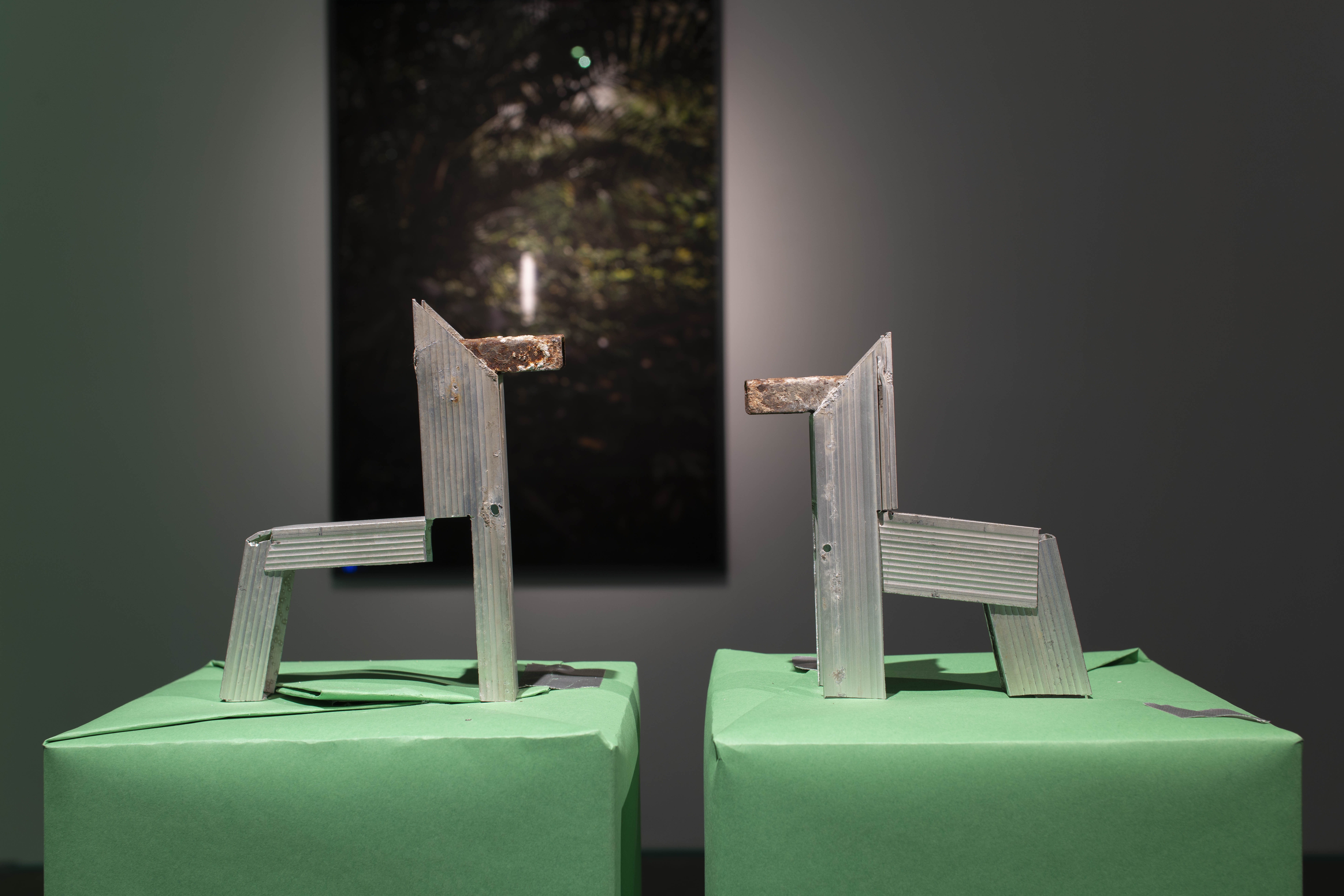
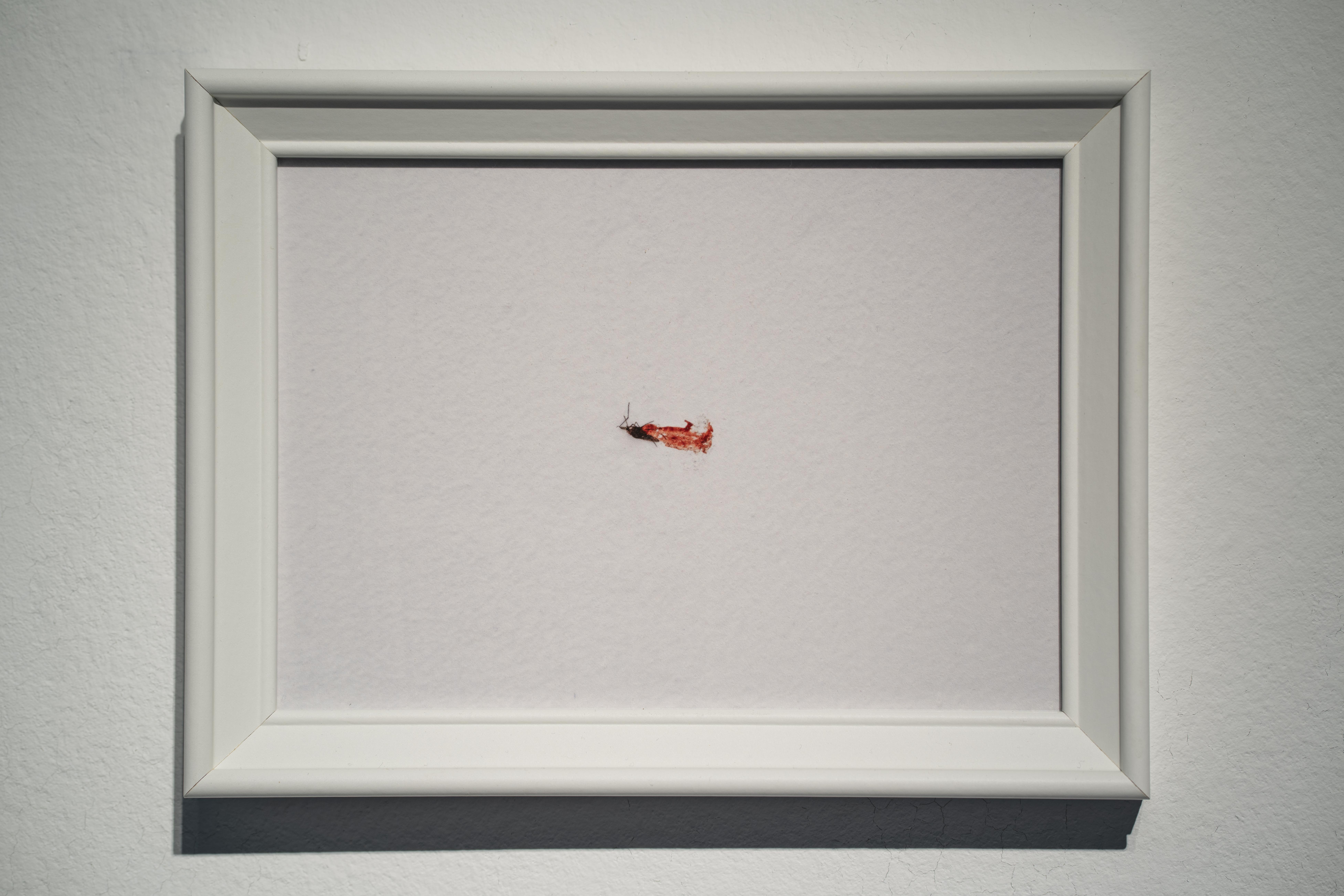
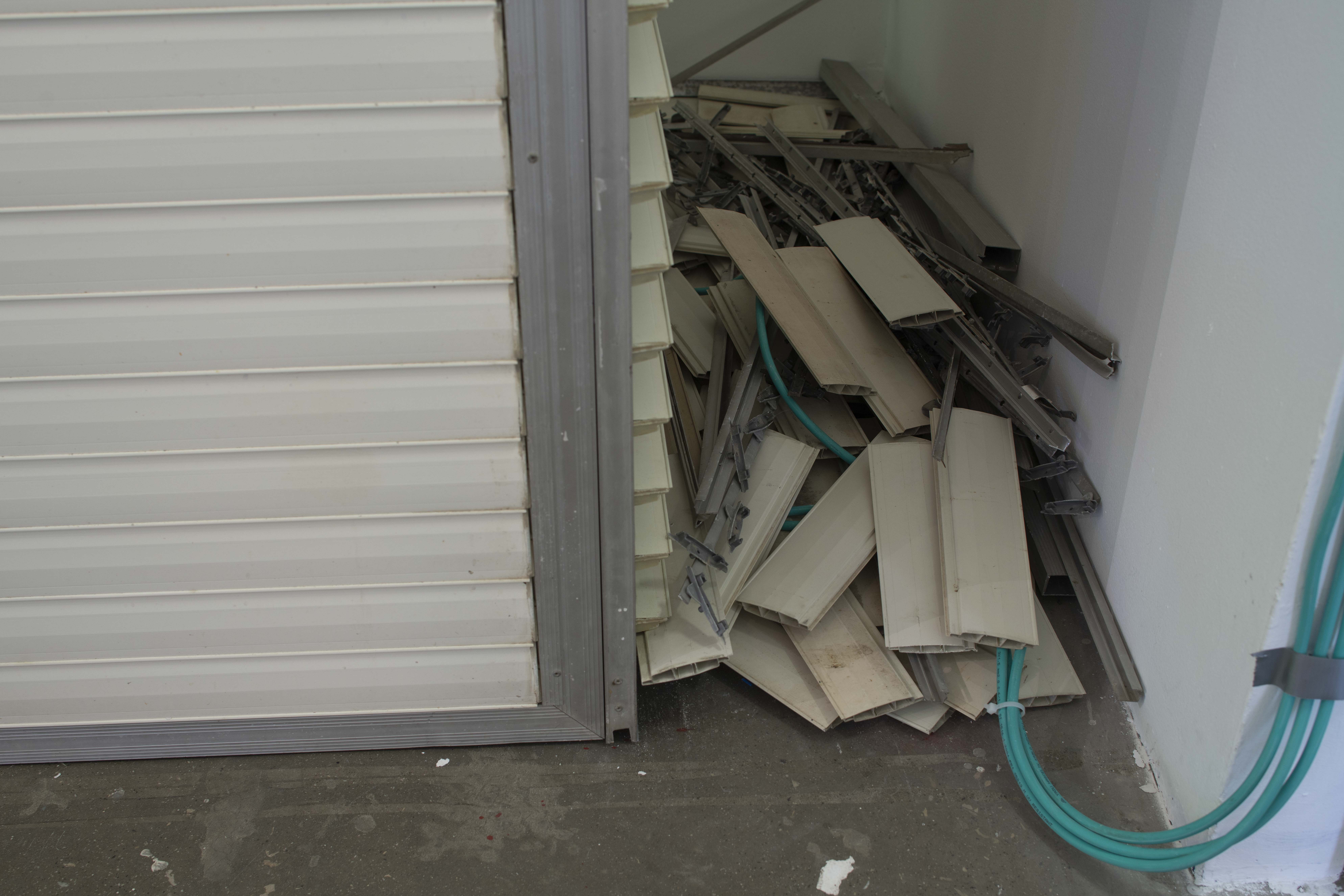
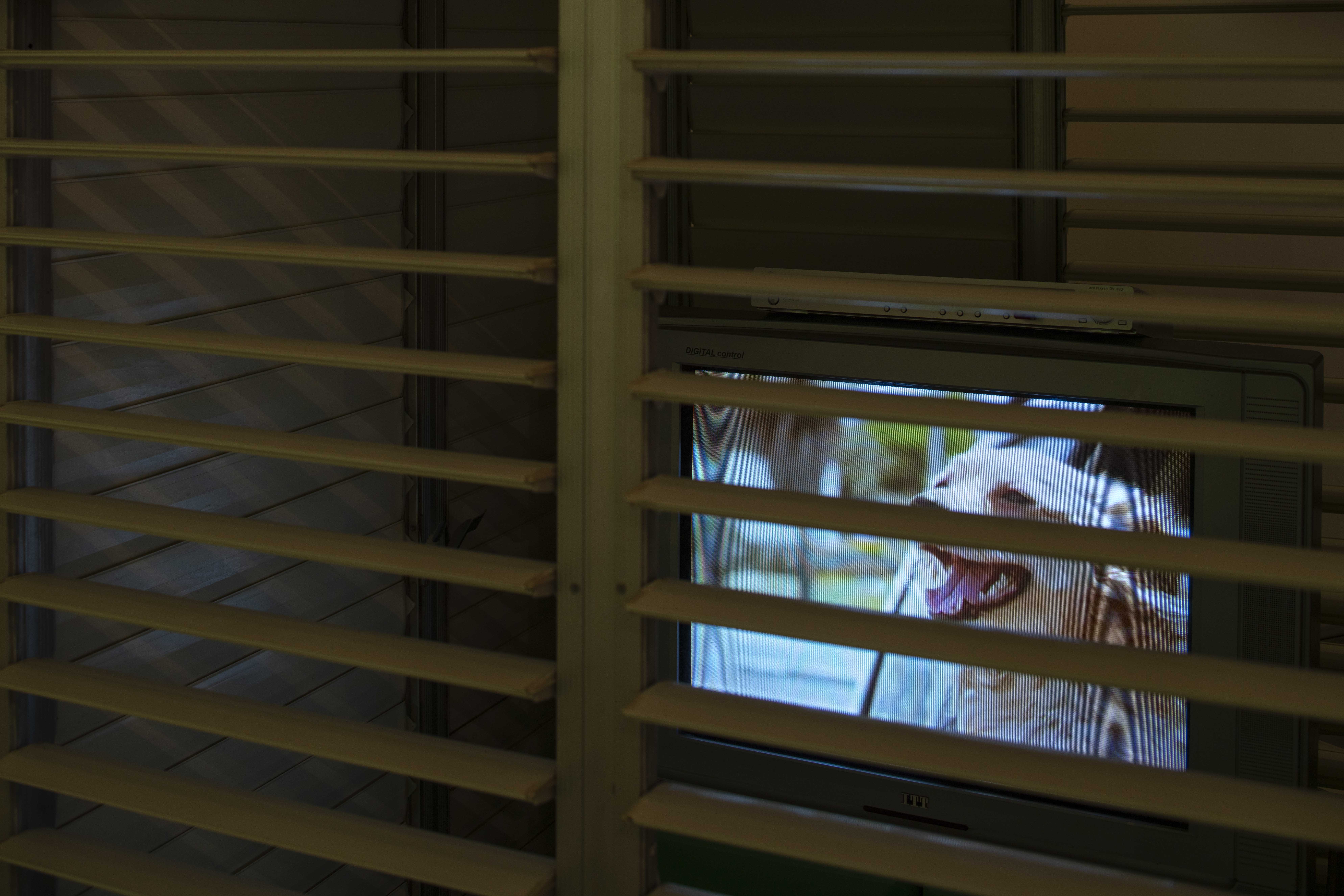
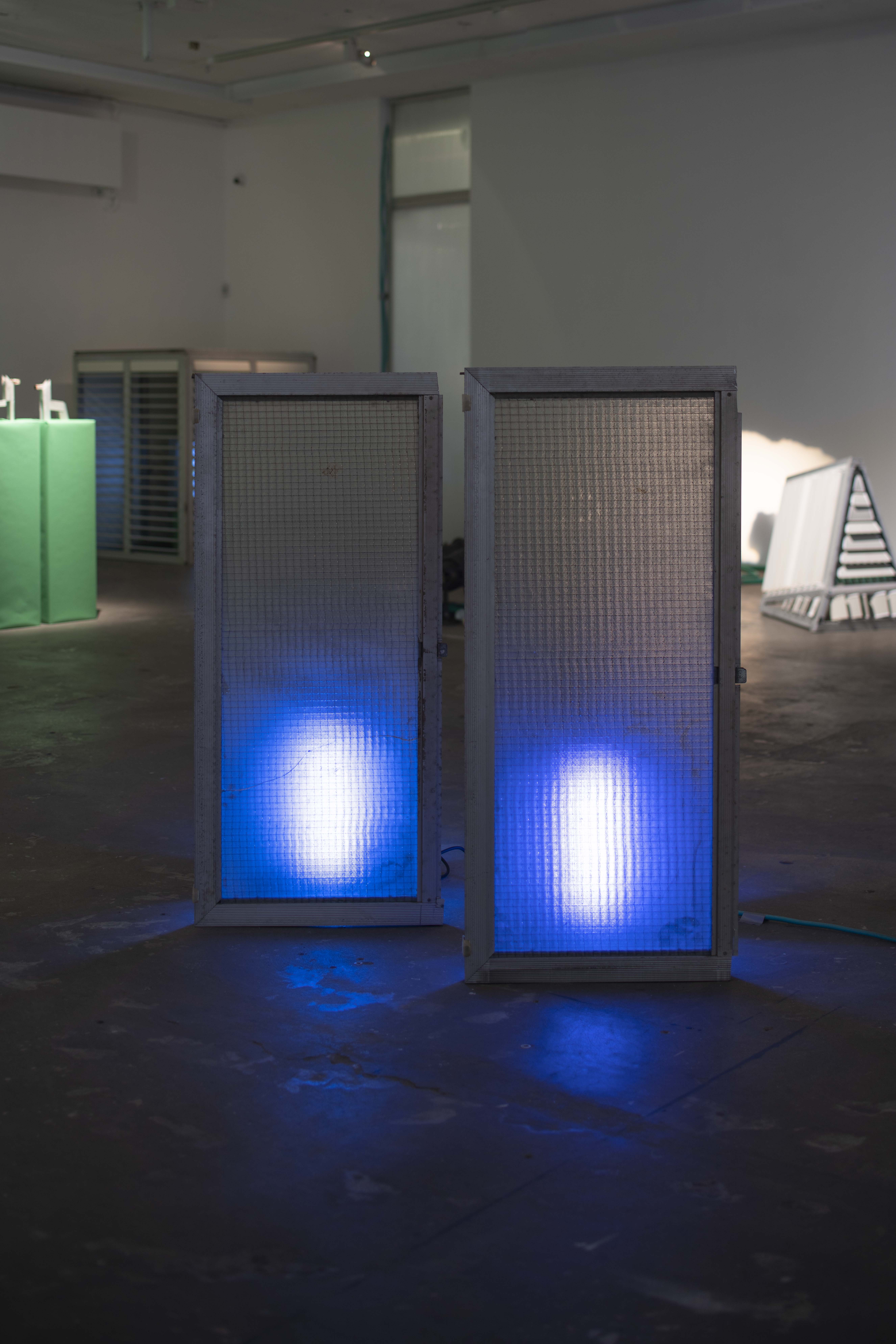
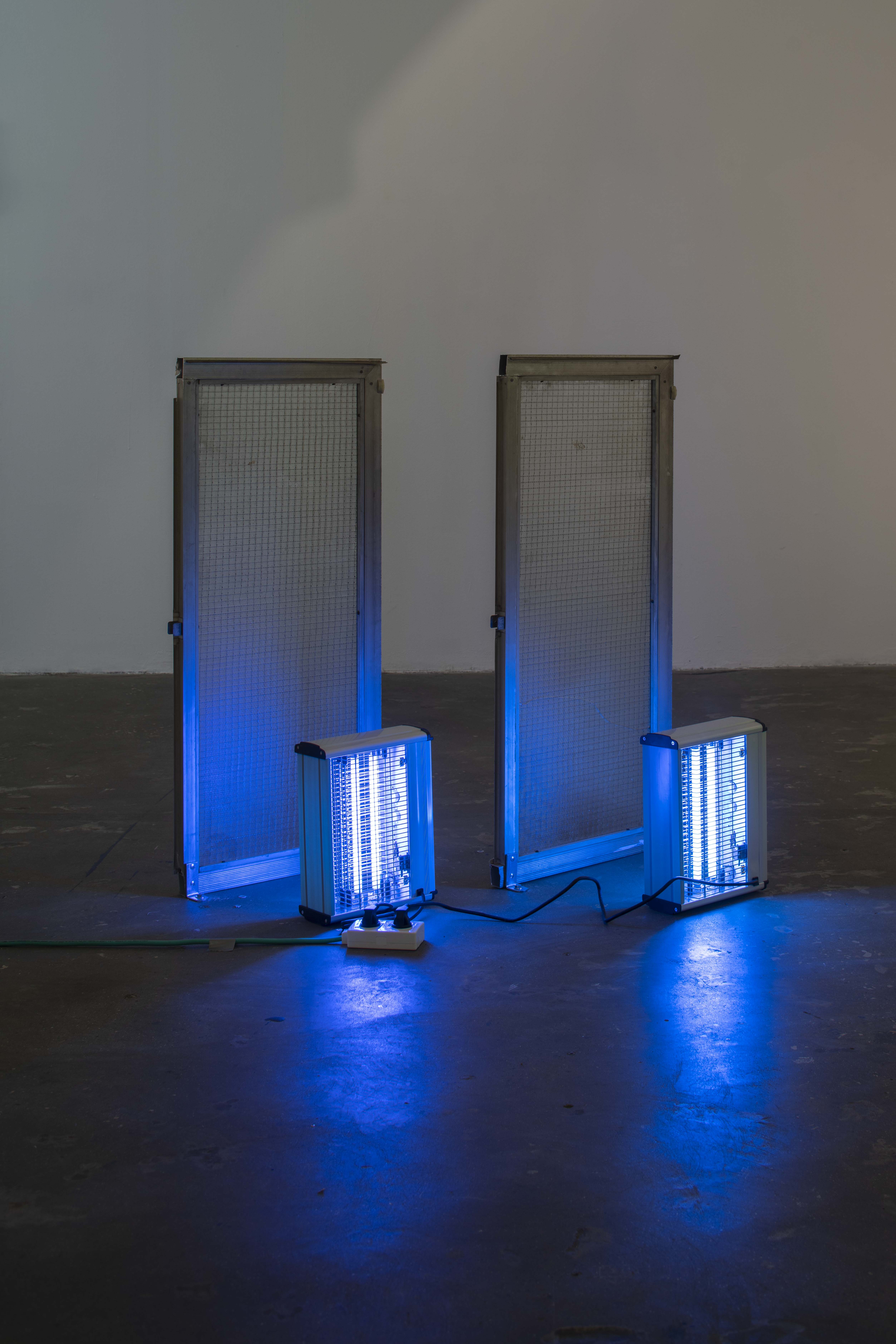

Pictures & Video Works
Greenwash, 12:00 min

Untitled (Dovnov 26), 150x100 cm
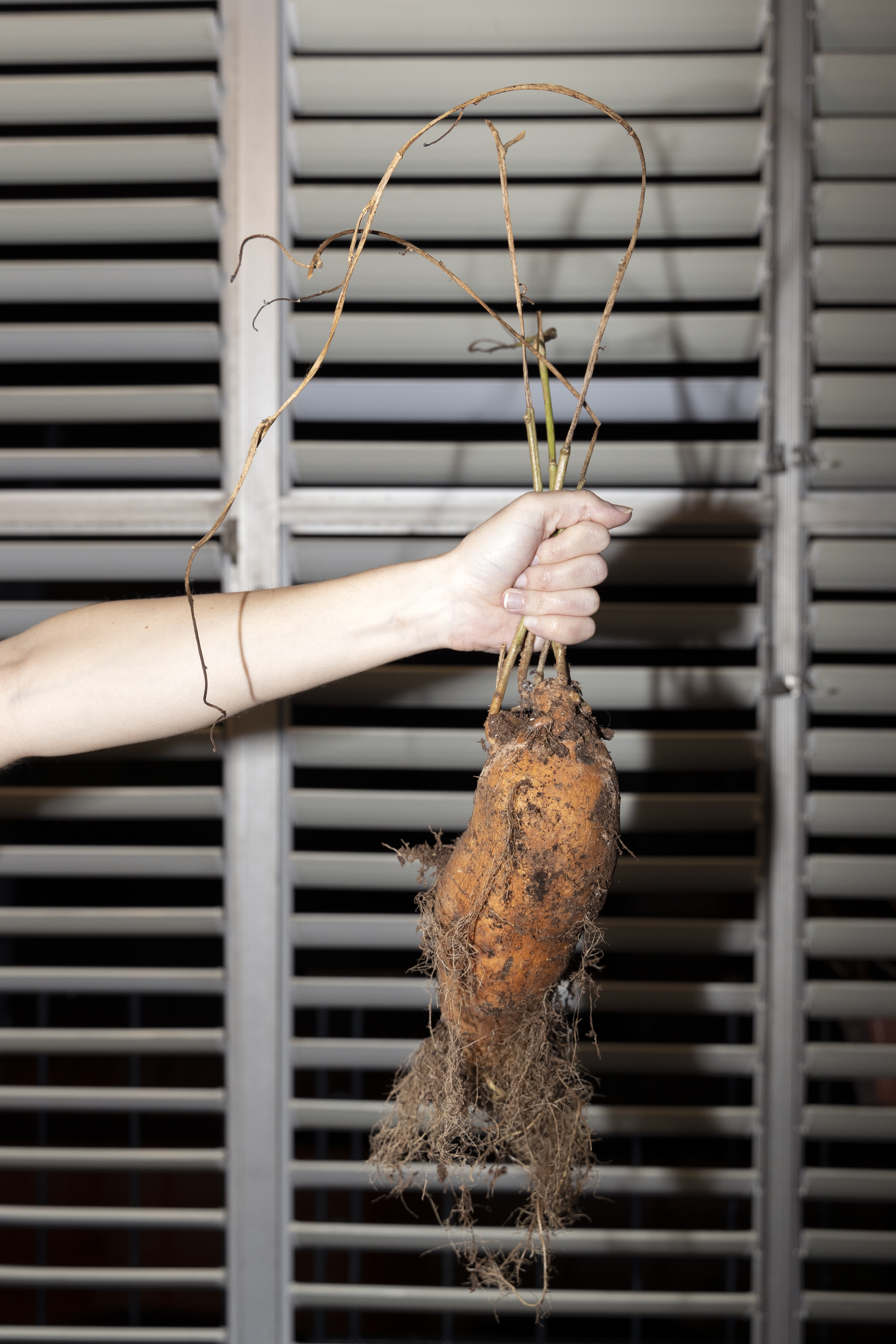

In the morning, 13x18 cm
The living years,4:30 min
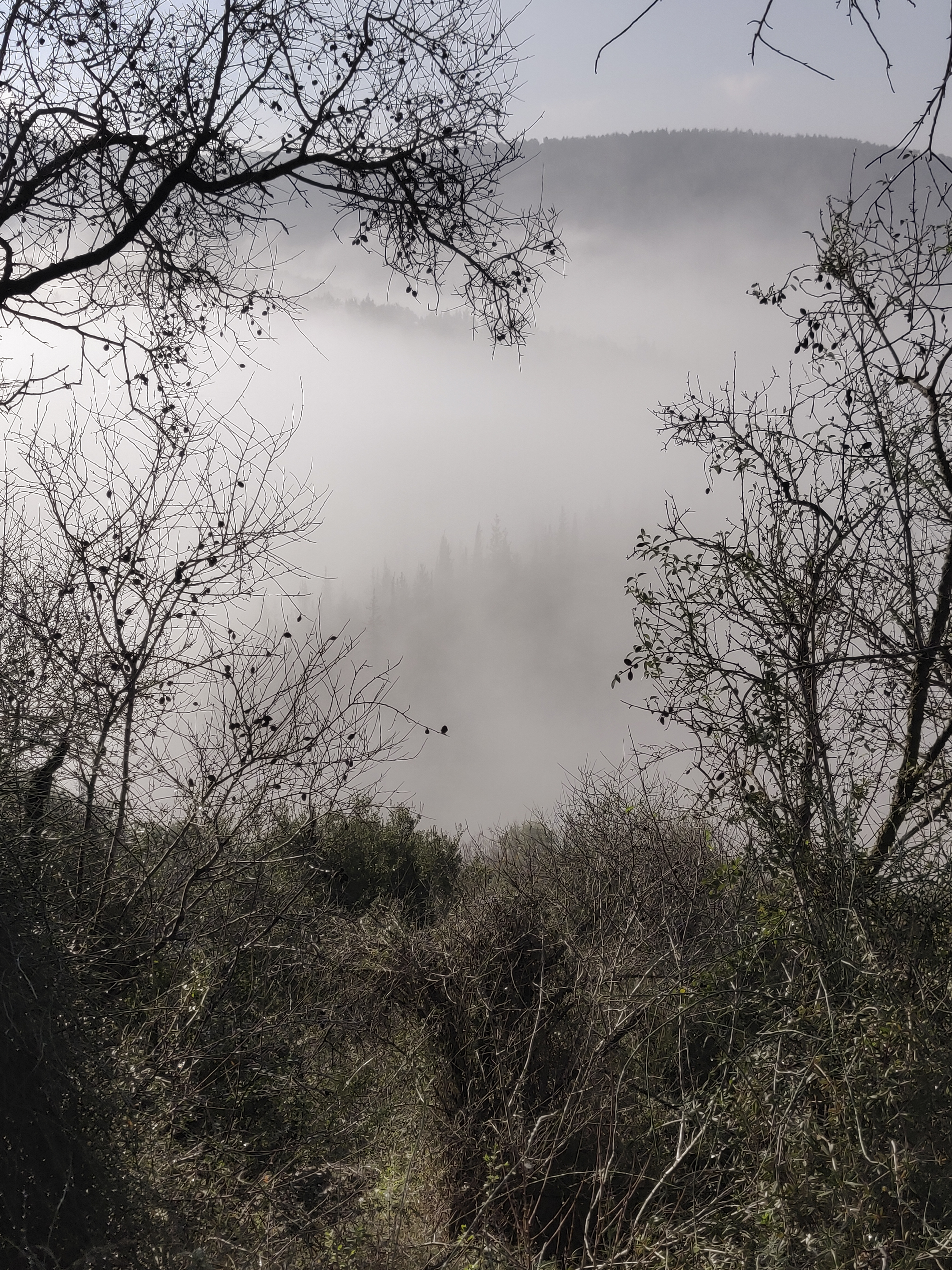
Untitled (smoke),55x40 cm
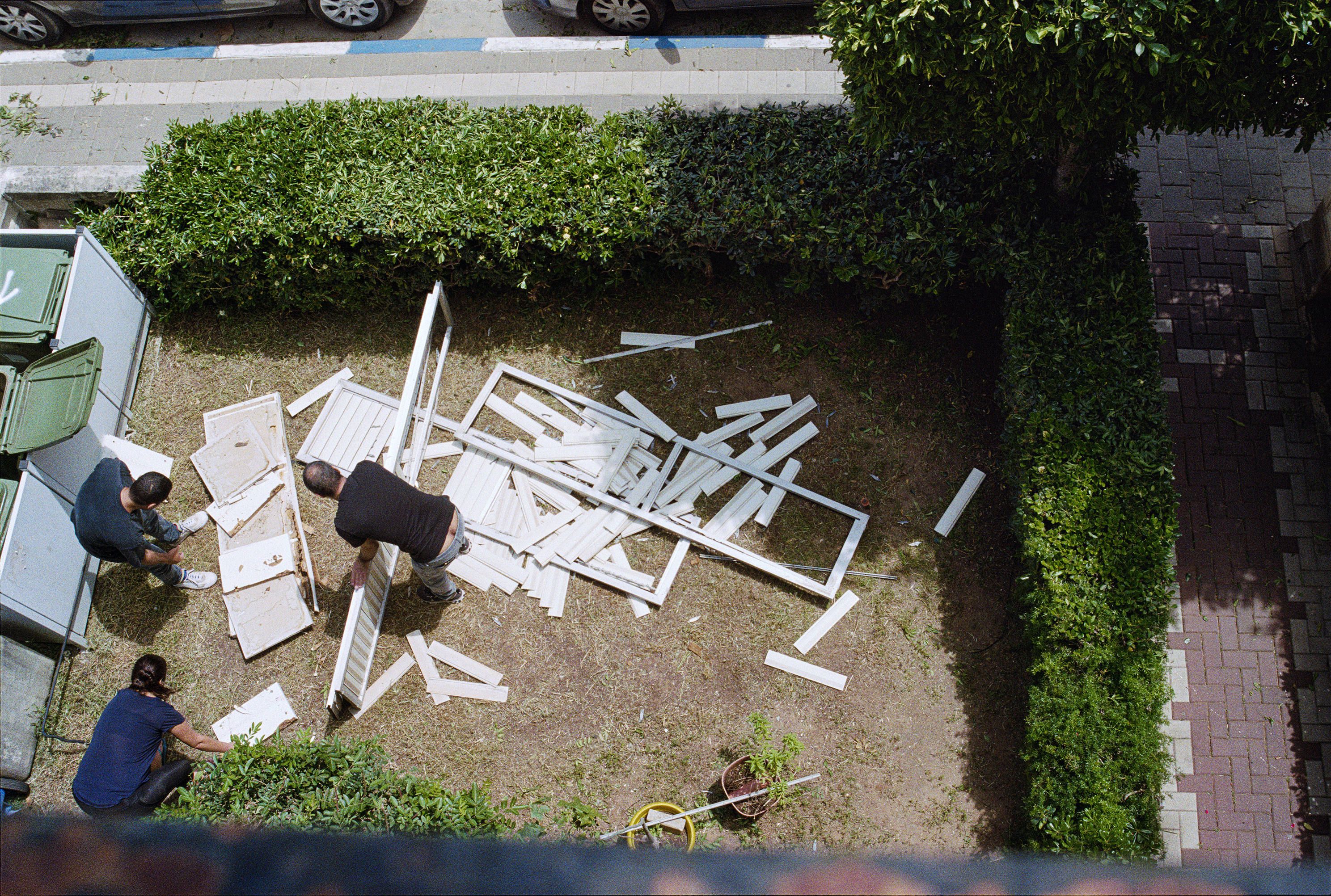
The end,29x42 cm
